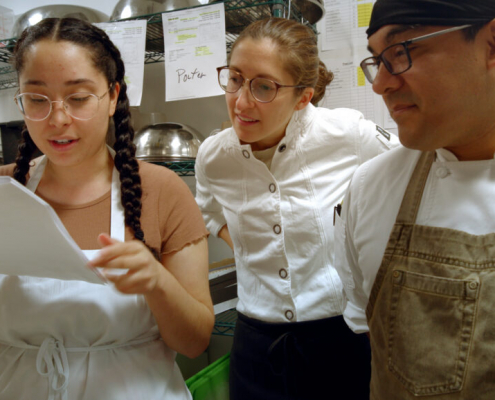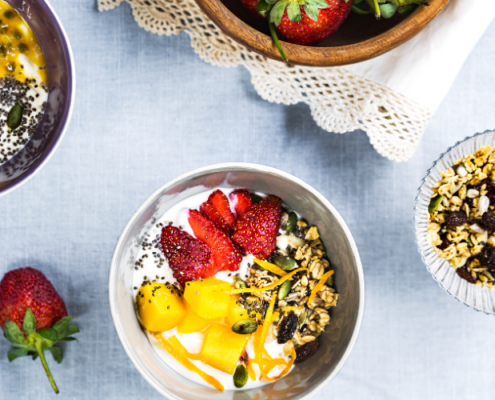
Botanical Brain Boost
Exploring how surroundings impact unconscious cognitive processing…

A hunger to help people brought her to both surgery, cooking - Stanford Scope
At first glance, the dual roles of physician and chef may seem…

Millions of women are 'under-muscled.' These foods help build strength - NPR
If you've seen a loved one take a bad fall – like my mother…

Weight-loss drugs aren't a magic bullet. Lifestyle changes are key to lasting health - NPR
The headlines are compelling, with phrases like, "The Obesity…

Hot sauna, cold plunge. Here’s where to try contrast bathing - National Geographic
From Finnish saunas to Korean ice tubs, these spas specialize…
 https://longevity.stanford.edu/lifestyle/wp-content/uploads/sites/31/2023/03/Untitled-500-×-250-px-400-×-200-px-400-×-100-px-300-×-100-px.png
0
0
Maya Shetty
https://longevity.stanford.edu/lifestyle/wp-content/uploads/sites/31/2023/03/Untitled-500-×-250-px-400-×-200-px-400-×-100-px-300-×-100-px.png
Maya Shetty2024-02-05 22:45:472024-03-05 22:46:11CH4, H2S, and H2O: How Do They Relate to Microbiome-Driven IBS Pathogenesis?
https://longevity.stanford.edu/lifestyle/wp-content/uploads/sites/31/2023/03/Untitled-500-×-250-px-400-×-200-px-400-×-100-px-300-×-100-px.png
0
0
Maya Shetty
https://longevity.stanford.edu/lifestyle/wp-content/uploads/sites/31/2023/03/Untitled-500-×-250-px-400-×-200-px-400-×-100-px-300-×-100-px.png
Maya Shetty2024-02-05 22:45:472024-03-05 22:46:11CH4, H2S, and H2O: How Do They Relate to Microbiome-Driven IBS Pathogenesis?